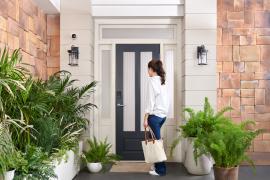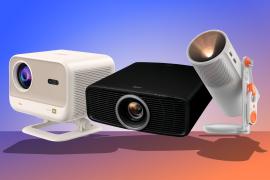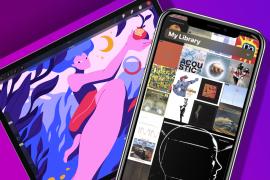Pointr: how indoor navigation can solve shopping, accessibility, architecture and safety
Thought indoor nav was all about buying things more efficiently? There’s much more to it than that
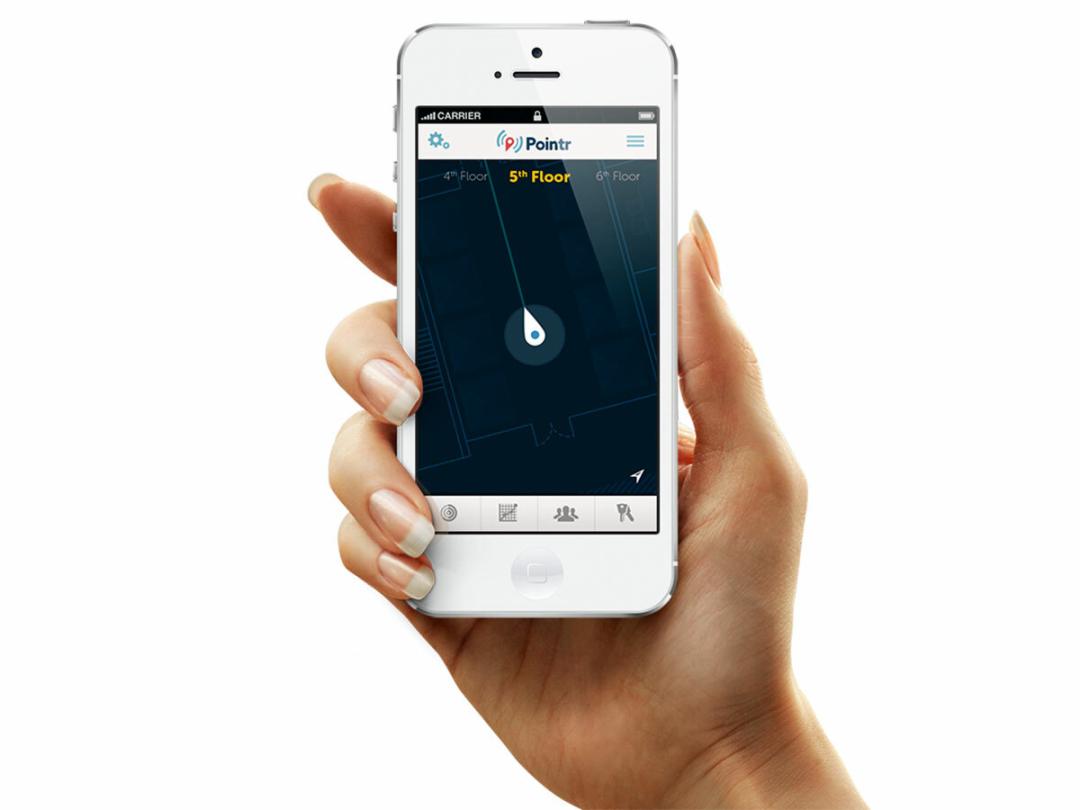
Buildings hate GPS.
The 30-year-old technology that’s made old fashioned things like knowing where you are and where you’re going seem wasteful hasn’t managed to get its head around millennia-old technologies such as bricks.
If it could, the world would be a better, more navigable place. Imagine if Citymapper couldn’t just tell you how long it’ll take to to get to Westfield, but how to get to Uniqlo when you arrive. Or if Google Now didn’t just know how to get to Gatwick airport, but how to avoid the whisky aisle on the way to your gate.
That’s where Pointr comes in. It’s not the first indoor nav solution, but the startup’s founder Axel Katalan claims it to be the ‘highest-performance’ – and most crucially, it works now, with just about any modern smartphone. It already has an adopter in ‘an iconic UK department store’, and it’s about much more than just navigation. Indeed, the data it’ll harvest could even change the way our buildings are constructed.
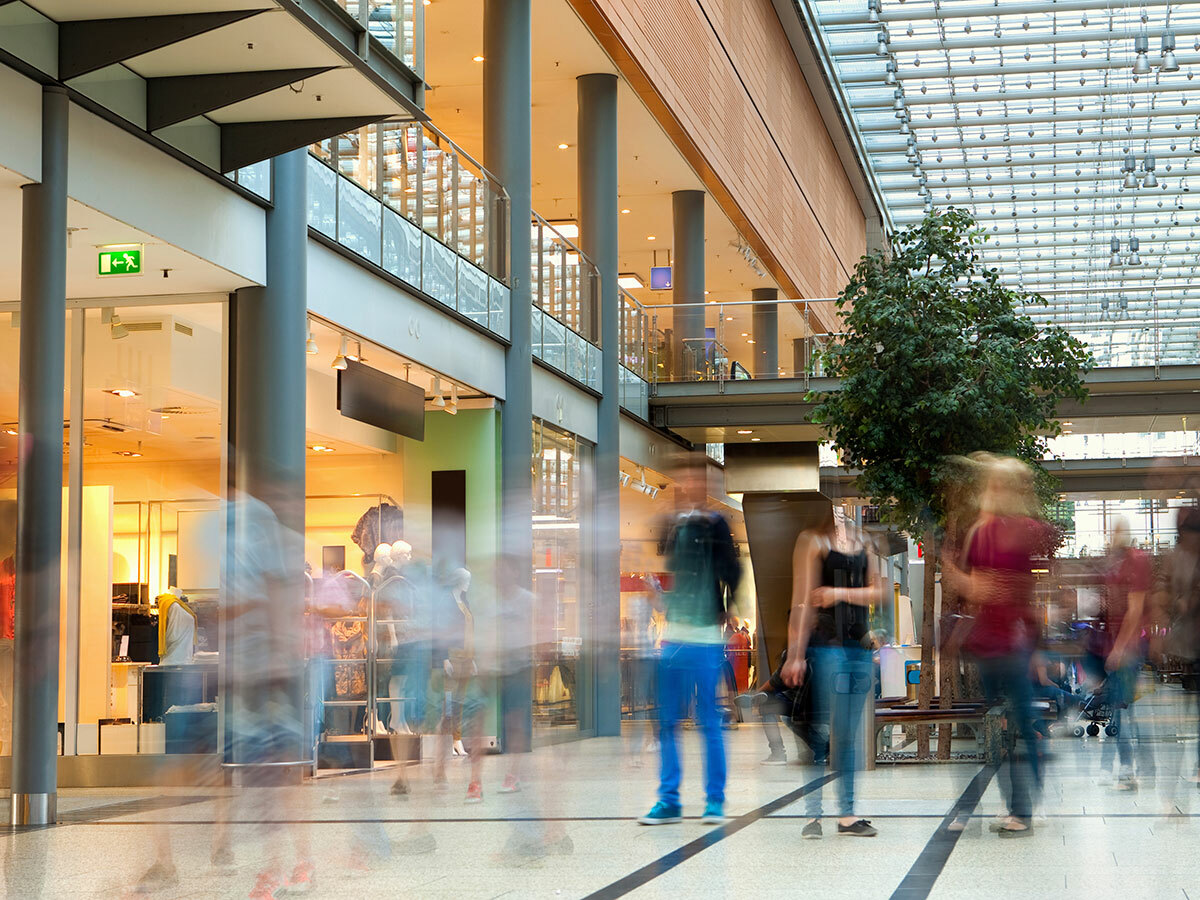
Pointr was founded two years ago by Katalan, Ege Akpinar and Can Akpinar, and it’s recently completed Microsoft Ventures’ London Accelerator Programme. Its technology is in some ways typical for indoor navigation: as with indoo.rs, a smartphone app built on Pointr’s software stack uses an array of Bluetooth beacons dotted around a venue to triangulate your position and guide your movements.
We’ve seen other novel approaches to tackling the problem – Inside uses a device’s sensors to work out how you’re moving around a venue, and thus doesn’t require any further hardware to work.
The benefit of using Bluetooth beacons, claims Katalan, is consistent accuracy down to a metre, and the fact that the tech works on any Bluetooth LE-enabled smartphone. “Others claim they have 1cm accuracy – I highly doubt that,” he says. “In any case, side-by-side you can see how laggy competitors are – the blue point actually jumps around. With us it’s smooth, continuous, real-time.”
Performance is key as venues aren’t just interested in having indoor navigation that’ll show you where the toiletries section is: they want to be able to show you exactly which rack that Oral B toothbrush you’re after is sitting on, providing what Katalan describes as ‘Google search for real shops.’ Jerky-nav simply won’t do.
Beyond improving how you get around supermarkets, galleries, museums, conferences and more, Katalan sees huge potential benefits for accessibility. Pointr is already working on a project for airports and public transport that will provide turn-by-turn audio prompts to help blind and partially sighted travellers get around unassisted.

Perhaps the most disruptive possibilities come not from you better knowing where you are, though, but from Pointr’s ability to keep tabs on you. It’s able to lock on to individual users anonymously, following them as they walk through venues, noticing where they pause and how they use the app to search. “An architectural firm with 200 employees is using this," says Katalan. "We can understand how people interact with spaces: what are the busiest routes, whether people actually do have chats by the water cooler and how the meeting rooms are used."
That data provides analytics that can be used to inform everything from how fixtures and fittings are laid out to how a future building will be constructed in the first place. “With this data, they will be able to go to their future clients and they can say, look, this sort of design is the one that will deliver results.”
Pointr’s person-tracking capability also has implications for health and safety. The company is working with a mine in Turkey that had two fatal shaft collapses in 2014. “There were miners who were not located in time. At the moment there’s no technology that accurately positions where every miner. We’re able to count real-time where every single miner is down to a metre accuracy.”
READ MORE › iCheapskate: the best free iOS apps
It’s still early days for Pointr. It relies on a different app for every venue, which is much less convenient than a single universal framework for indoor navigation would be. Creating the de facto standard for indoor navigation is the endgame, but there are many suitors to that particular throne.
However, Pointr’s work has already caught the eye of major players beyond Microsoft. “Both Apple and Google have heard of our department store deployment and approached us to see it in live action,” says Katalan. “It’s at the very early stages.”
Does that mean Google Maps integration with Pointr is on the cards? Katalan is cautiously hopeful, and is just as excited about the possibility presented by apps such as Google Now. “If this integration between Google and our technology existed then you would be able to put in your flight number and it would tell you exactly how many minutes and seconds it would take to get you from your seat at home to your flight.
“Your gate, the queue length, the security pass, the walking distance within the terminal – we can provide all that data.”

